As the world accelerates its transition to clean energy, lithium has emerged as "white gold"—a vital power source for electric vehicles, renewable energy storage, and cutting-edge electronic products. By 2028, global lithium demand is projected to grow at over 20% annually, with battery applications driving demand at more than 25% per year. Ensuring a reliable lithium supply has never been more critical.
Among the primary methods of lithium mining, hard rock lithium extraction is gaining momentum for its scalability and resilience in diverse geographies. Unlike the more publicized brine-based approaches, hard rock lithium mining involves tapping into mineral-rich ores like spodumene, offering a robust pathway to meet the world's growing needs.
But what exactly is hard rock lithium? How does its mining process compare to other extraction methods? In this comprehensive guide, we’ll delve into the complexities of hard rock lithium extraction, compare hard rock and brine lithium extraction. Whether you’re an industry expert, investor, or sustainability advocate, this article provides practical insights for your needs.
Use the table of contents below to navigate through the guide:
01Understanding Hard Rock Lithium
To grasp the value of hard rock lithium ore, let’s start with the basics. Lithium is a lightweight alkali metal and a key element in lithium-ion batteries due to its high electrochemical potential. It occurs naturally in two primary forms: brine (concentrated saltwater) and hard rock deposits (solid minerals embedded in igneous rock). Hard rock lithium refers to lithium-bearing minerals such as spodumene, lepidolite, and petalite, typically found in pegmatite formations in Australia, Canada, and parts of Africa and South America.
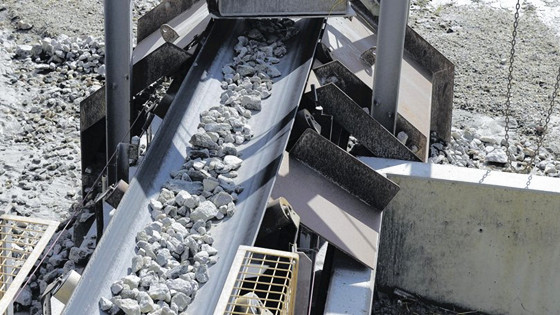
The importance of hard rock lithium lies in its abundance and mineability. While brine deposits are concentrated mainly in South America’s “Lithium Triangle,” hard rock sources currently account for about 60% of global lithium production, according to the U.S. Geological Survey. This method is especially vital in colder climates where brine evaporation is impractical, helping diversify the global supply chain.
02Hard Rock Lithium Mining and Processing
Hard rock lithium mining extracts lithium from hard rock deposits — mainly pegmatites — through conventional open-pit or underground mining. The process involves mining the ore, crushing and concentrating it, and then extracting lithium carbonate or hydroxide via roasting and leaching. Here’s a step-by-step overview of the hard rock lithium mining process:
1. Exploration and Resource Assessment
Geological surveys using seismic imaging, geochemical sampling, and drilling identify potential deposits. High-grade spodumene ore (typically 1–2% Li₂O) is the industry benchmark.
2. Open-Pit or Underground Mining
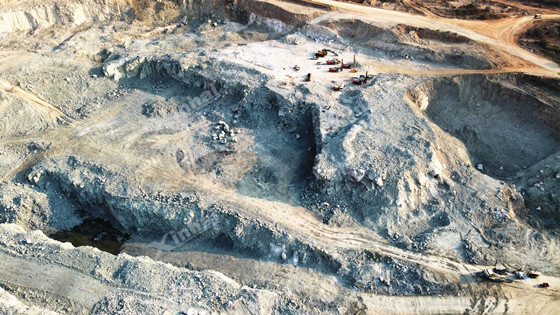
Once a deposit is confirmed, mining begins. Open-pit methods are common for shallow deposits, involving blasting and hauling ore to the surface. For deeper veins, underground methods such as cut-and-fill mining are used to minimize surface disruption. Safety is paramount — modern operations use autonomous haul trucks and real-time monitoring to protect workers.
3. Crushing and Concentration

The ore is sent to a processing plant where jaw crushers and ball mills reduce it to fine particles (as small as 100 microns). Concentration follows, using methods like Dense Media Separation (DMS) or froth flotation, where reagents help separate lithium minerals from gangue. This yields a 5–6% Li₂O concentrate.
☞Click to learn more about lithium mining equipment
4. Roasting and Acid Leaching
The concentrate is roasted with sulfuric acid at around 1000°C, converting insoluble spodumene into soluble lithium sulfate. After roasting, water leaching dissolves the lithium, and impurities are removed through filtration and precipitation.
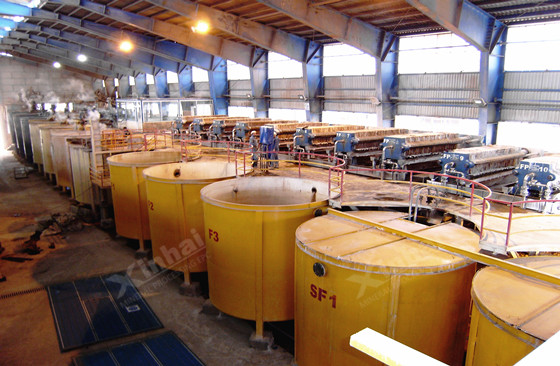
5. Purification and Precipitation
The leach solution is purified via ion exchange or solvent extraction. It’s then treated with soda ash to precipitate lithium carbonate, or with lime to produce lithium hydroxide. Crystallization yields battery-grade product (>99.5% purity).
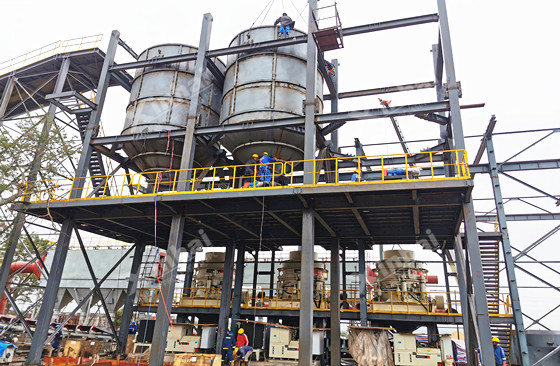
In essence, hard rock lithium mining is a transformation journey — from raw ore to refined lithium chemicals ready for battery cathode production.
03Hard Rock Lithium vs Brine Lithium: A Comparison
When evaluating lithium mining options, the debate often centers on hard rock lithium vs. brine. Both methods have unique advantages, and understanding their differences is critical for strategic decision-making. Let’s analyze them in detail:
| Aspect | Hard Rock Lithium | Brine Lithium |
|---|
| Resource Location | Pegmatite deposits in stable, temperate regions (e.g., Australia, Canada) | Salar basins in arid deserts (e.g., Chile, Argentina) |
| Extraction Method | Mechanical mining + chemical processing | Solar evaporation ponds (18–24 months) |
| Capital Intensity | High upfront (mines, crushers) | Lower initial, but land/water intensive |
| Production Speed | Faster ramp-up (6–12 months post-construction) | Slower due to evaporation cycles |
| Recovery Rate | 70–90% | 40–60% (water loss in evaporation) |
| Scalability | Highly scalable with modular plants | Limited by evaporation capacity |
| Geopolitical Risk | Diversified, lower concentration risk | Concentrated in “Lithium Triangle” |
Hard rock lithium excels in reliability and speed. It can be deployed in non-arid climates and avoids the high water consumption seen in brine operations — which can use up to 500,000 gallons per ton of lithium, according to the NRDC.
Brine mining benefits from lower operating costs, but its long evaporation times and weather sensitivity limit flexibility during demand surges. Hard rock extraction allows more precise control over lithium quality and by-products (e.g., feldspar for ceramics). However, it requires more energy for roasting — though green alternatives like biomass or renewables are narrowing the gap.
While brine extraction is more common, processing hard rock (especially spodumene, LiAlSi₂O₆) is faster and often achieves higher recovery rates.
In the race toward net-zero, hard rock lithium vs. brineis not a zero-sum game. It’s about a hybrid strategy. For miners weighing their options, the right choice depends on geography and goals — but expertise in both methods unlocks greater efficiency.
04Looking for an Ideal Hard Rock Lithium Partner?
In a fast-moving market, what defines a top-tier hard rock lithium producer? It’s not just output — it’s the ability to deliver reliable, innovative, and people-focused end-to-end solutions.
Successful lithium extraction requires effective equipment, processes, and chemicals to overcome common challenges like reagent inefficiency and failure to meet recovery or grade targets. Froth flotation is a critical step in hard rock lithium extraction. Efficient lithium flotation chemistry can significantly improve selectivity, product grade, and operational performance.
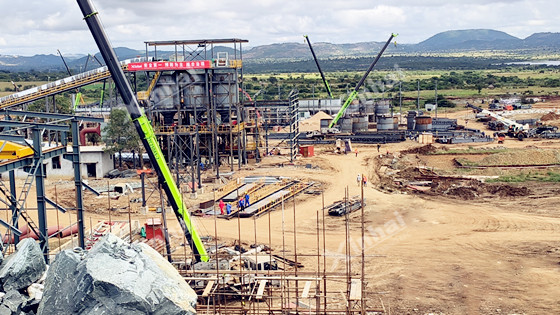
(Zimbabwe 2 Million tpa Lithium Mine Project - Project Site Photos - Xinhai)
Xinhai Group offers a range of flotation solutions designed to overcome these challenges and help you reach target recovery and grade levels. With a strong track record in lithium processing, we provide advanced chemical solutions and process support tailored to your ore type and operational flow. Our lithium experts work closely with your team to deliver a customized approach.
Ready to unlock your project’s potential? Our team will guide you every step of the way.


 marketing@ytxinhai.com
marketing@ytxinhai.com  0086 13810327080
0086 13810327080 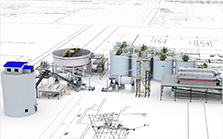
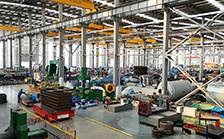

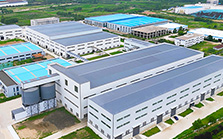
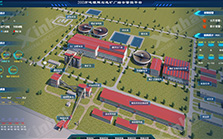
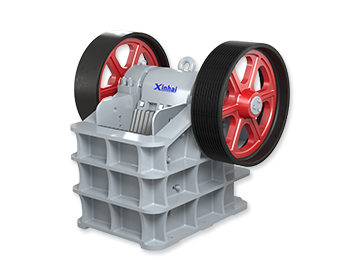
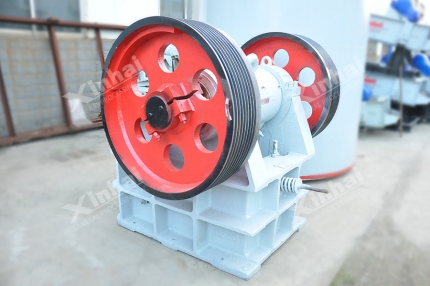


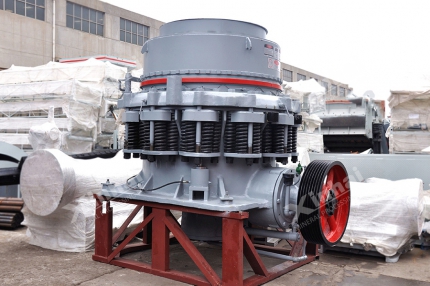
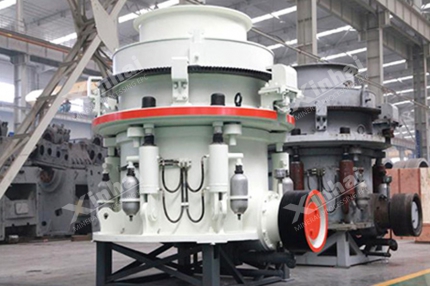
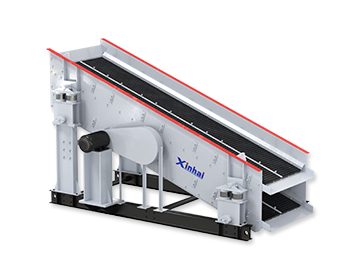

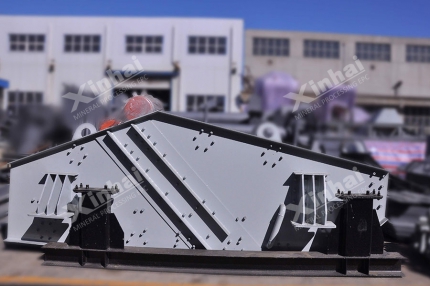

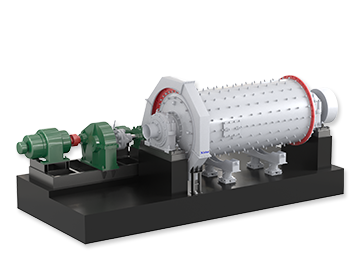
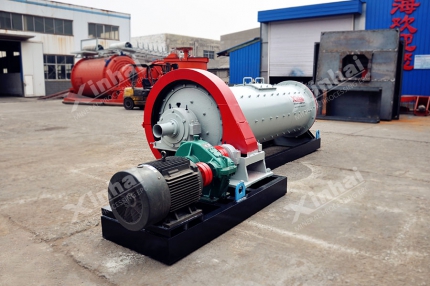


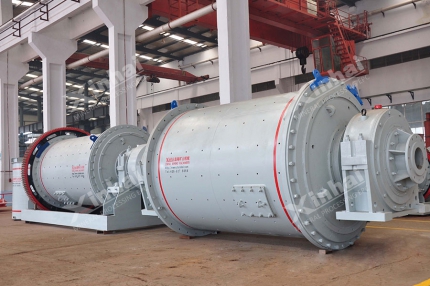
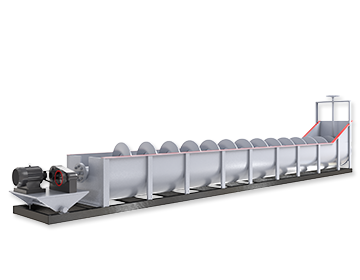
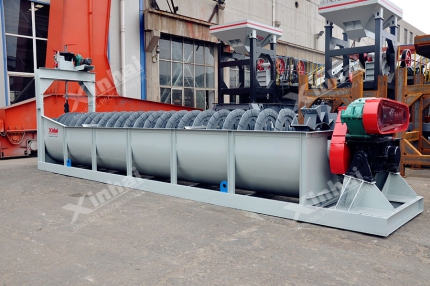


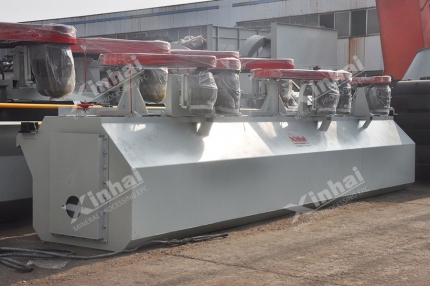
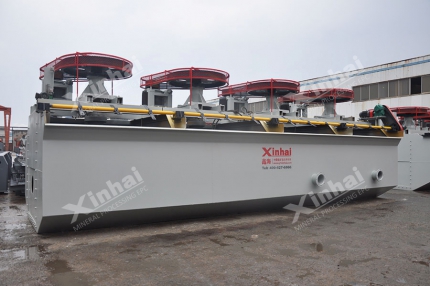
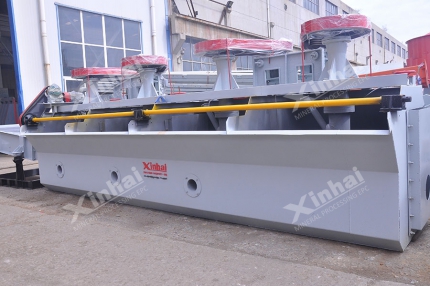
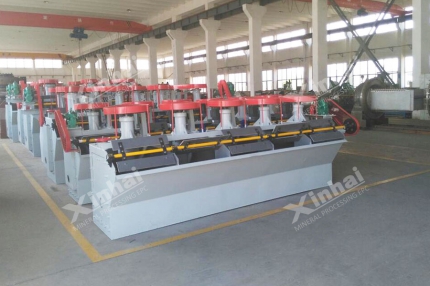
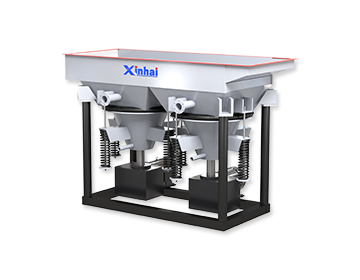

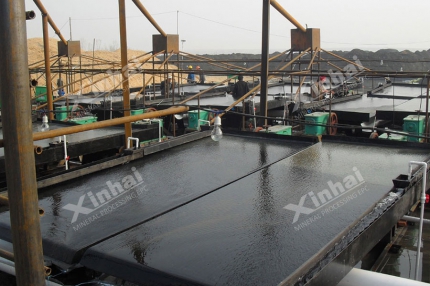

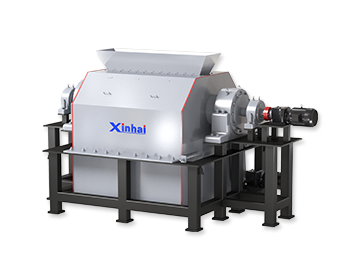
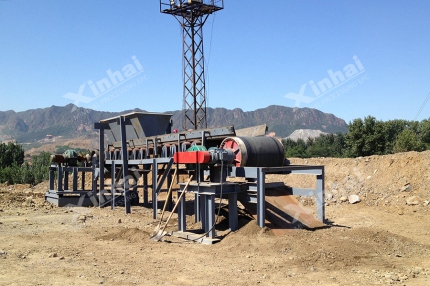


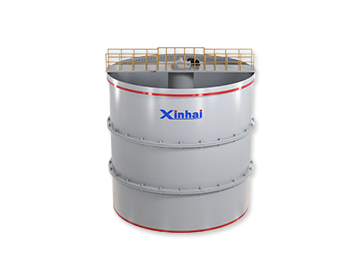

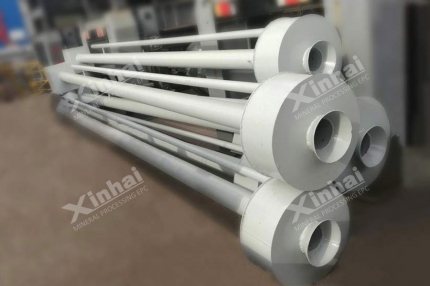
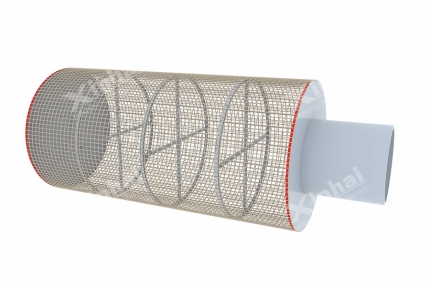
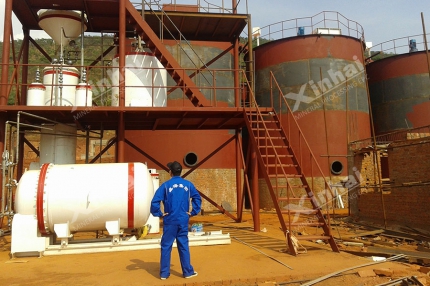
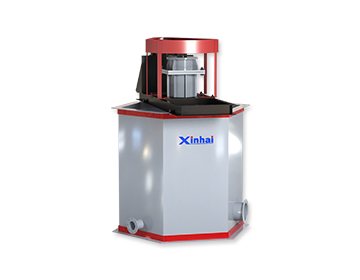

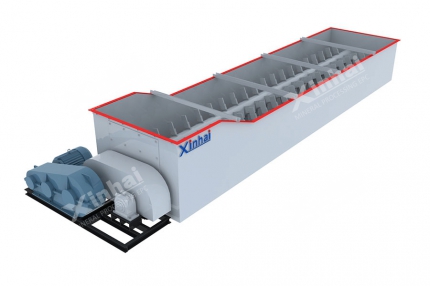
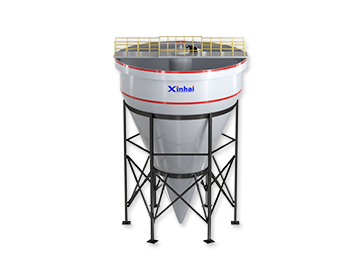
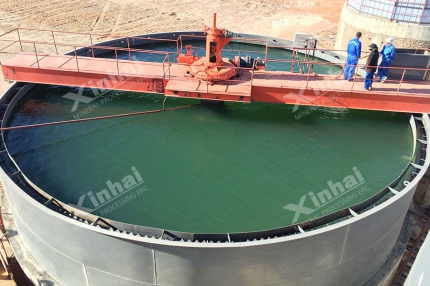
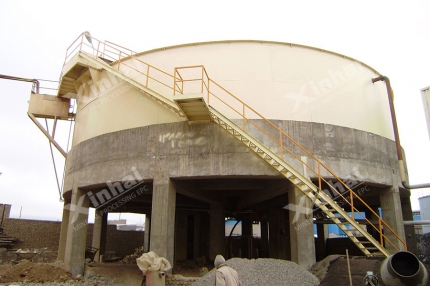
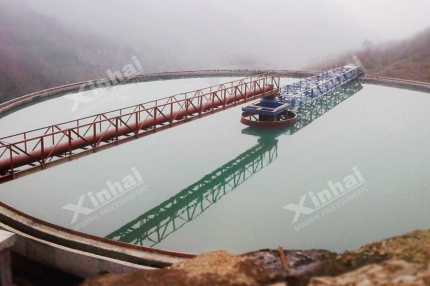
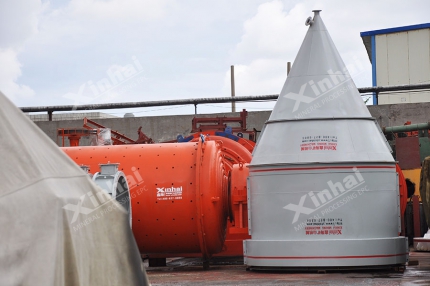
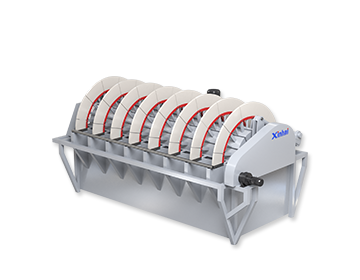
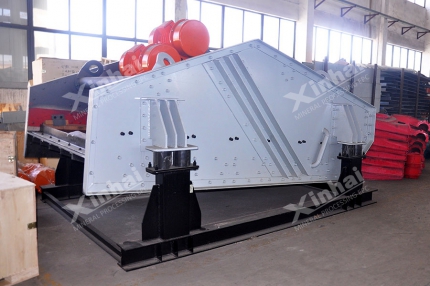
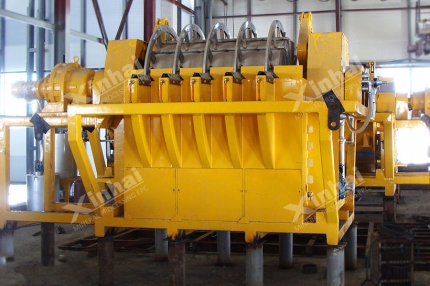
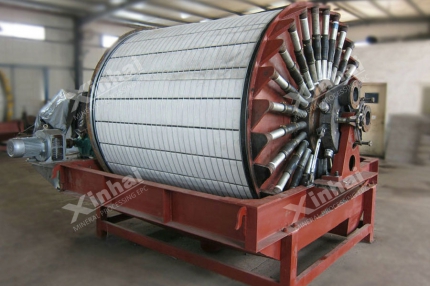
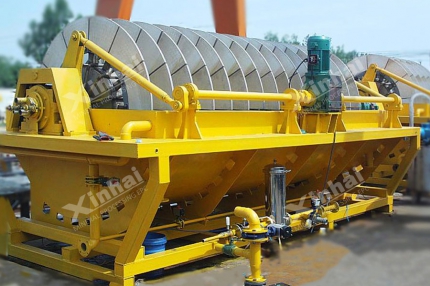
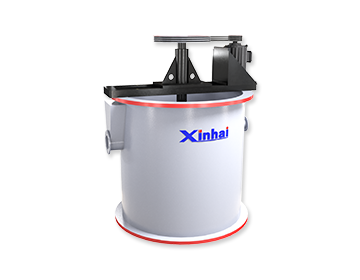
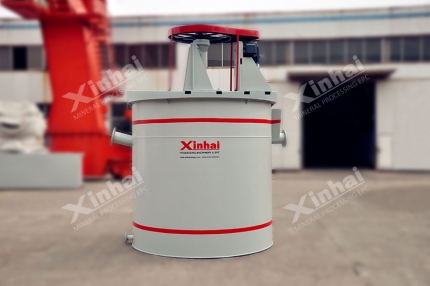
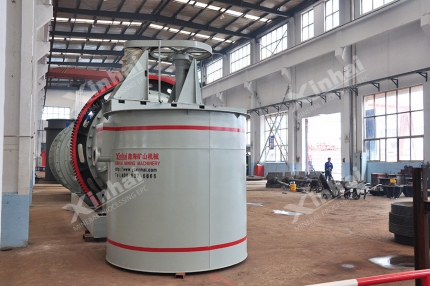
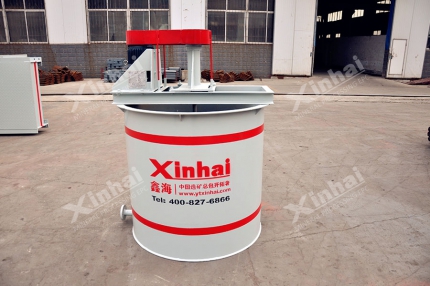
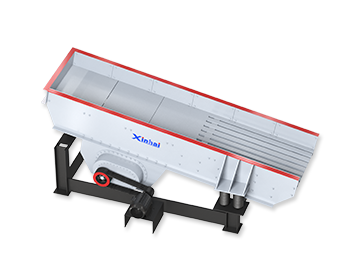
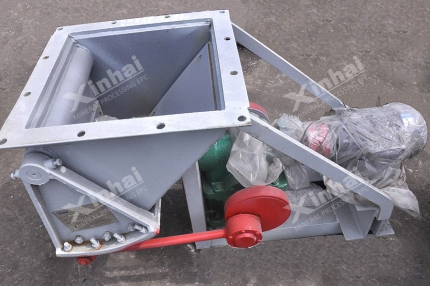

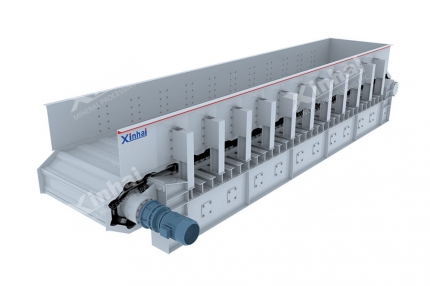
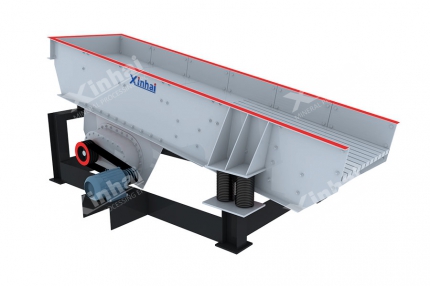
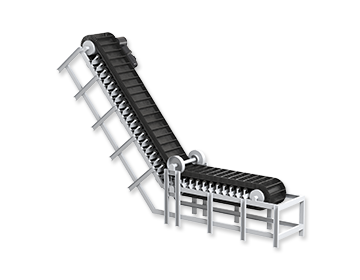
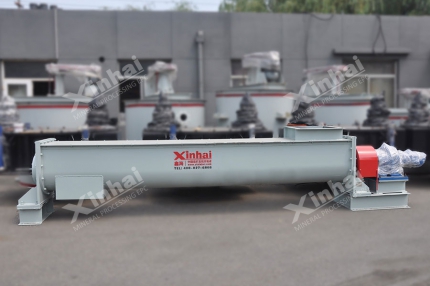

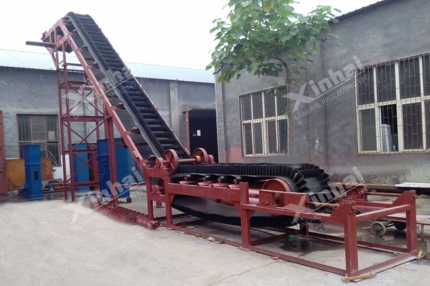


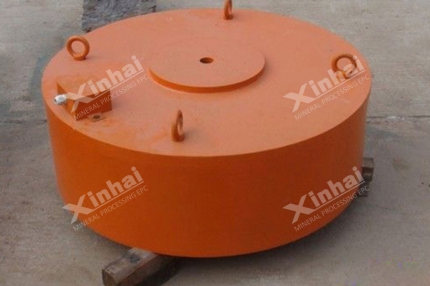
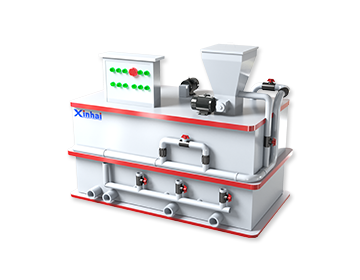
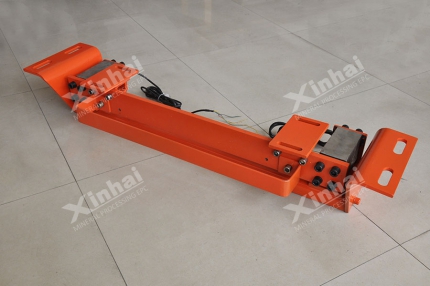
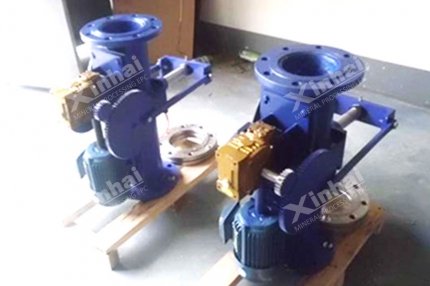
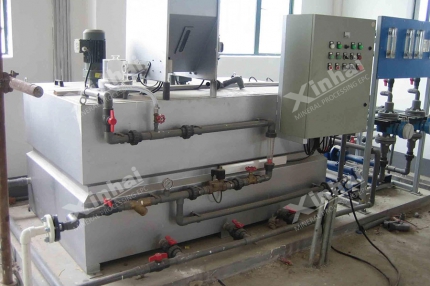
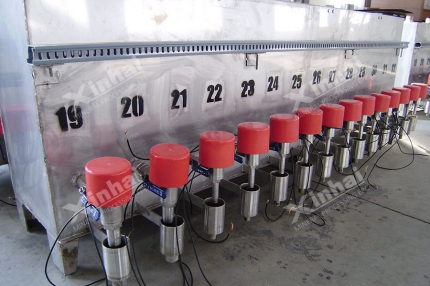
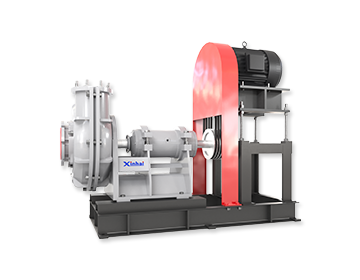
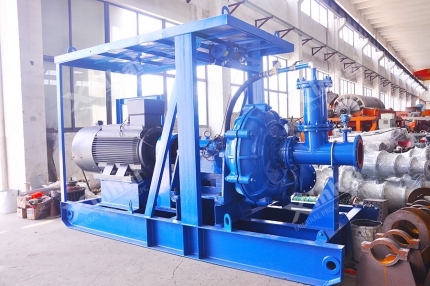

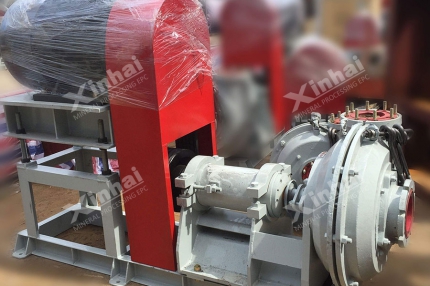

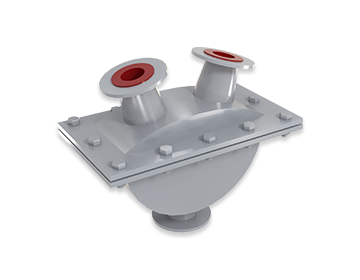
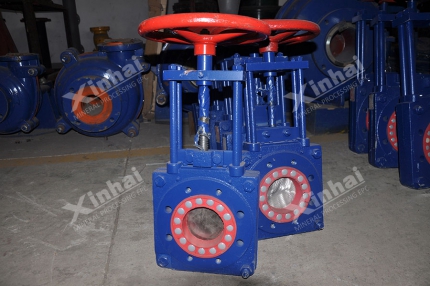


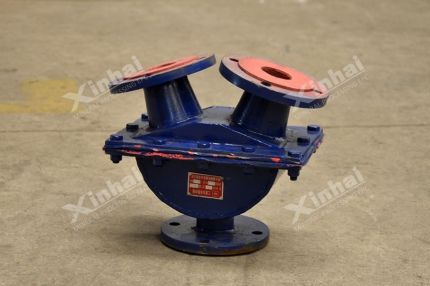
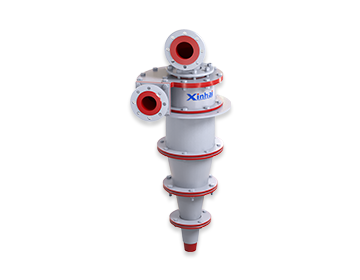

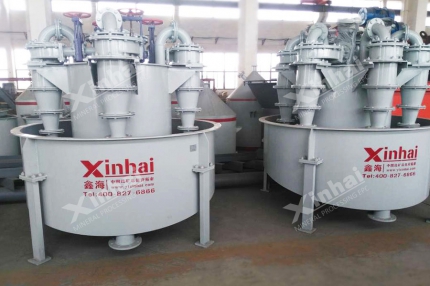
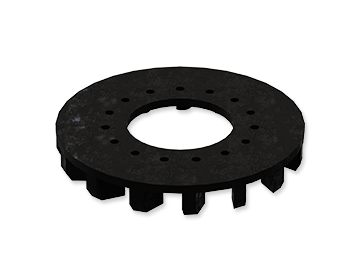

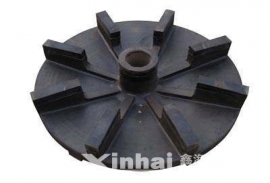


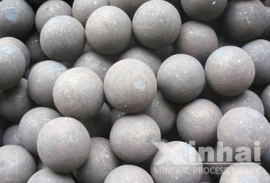
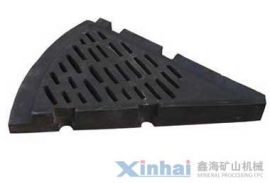


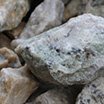

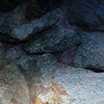
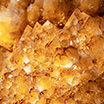


 CHAT
CHAT MESSAGE
MESSAGE










